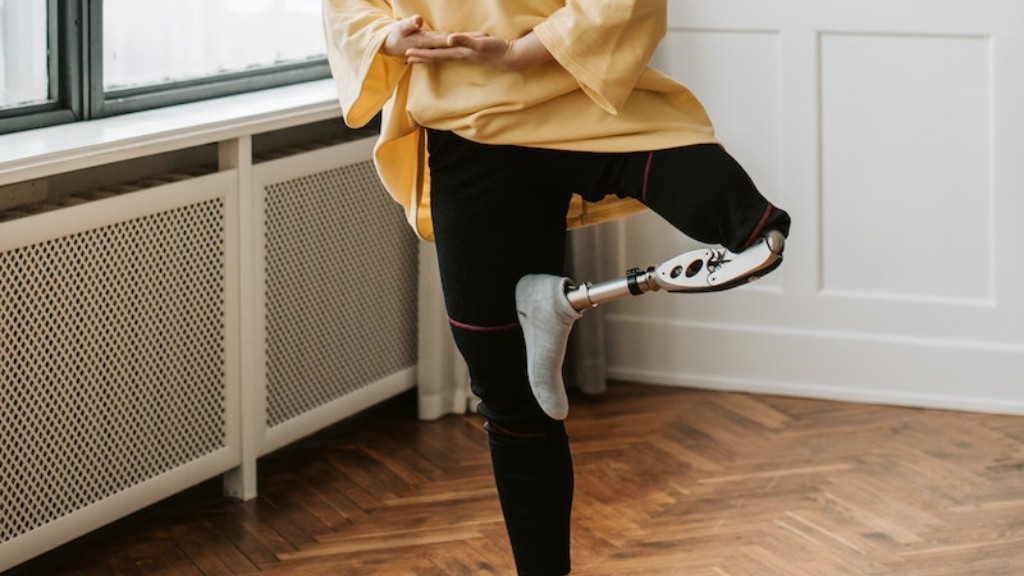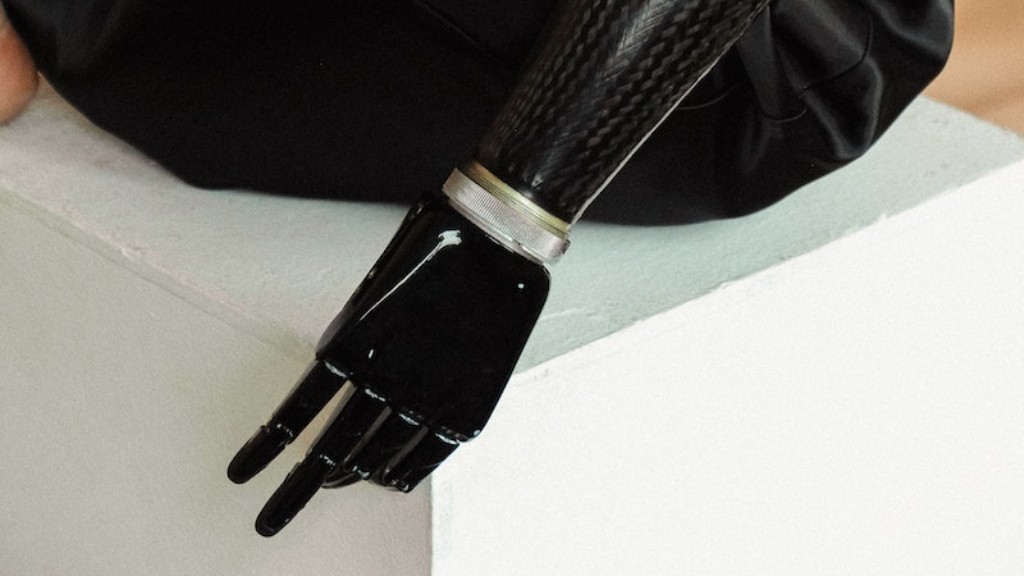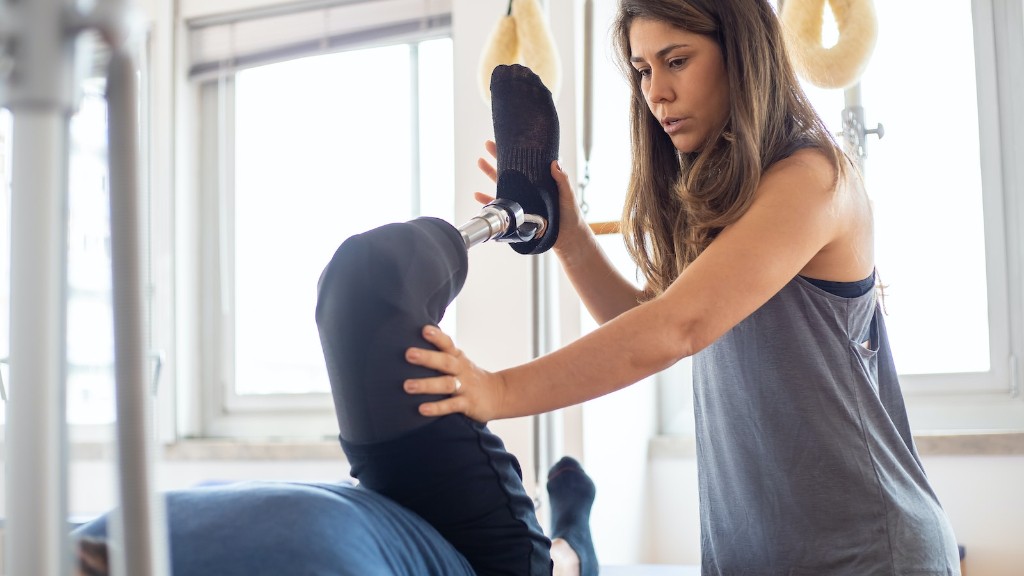Prosthetic Bow Holding Limb
Introduction
Prosthetic limbs have revolutionized the lives of many individuals, enabling them to regain mobility and independence. However, the development of prosthetic limbs is not limited to the restoration of basic motor functions. In recent years, there has been a growing interest in the creation of specialized prosthetics for specific activities, such as playing musical instruments or engaging in sports. One area that has garnered attention is the design of a prosthetic limb for holding a bow in string instruments like the violin or cello. In this article, we will explore the implications of a prosthetic bow holding limb, considering its potential benefits and drawbacks.
Benefits of a Prosthetic Bow Holding Limb
Improved Accessibility: One of the significant advantages of a prosthetic bow holding limb is the increased accessibility it offers to individuals with upper limb amputations. Traditional prosthetic designs often struggle to replicate the intricacies of playing a string instrument, hindering the pursuit of musical aspirations for amputees. A specialized prosthetic limb would help bridge this gap, allowing more people to fully participate in musical activities.
Artistic Expression: Playing a musical instrument is not merely a physical activity; it is an art form that allows individuals to express their emotions and creativity. By providing a solution for amputees to continue playing stringed instruments, a prosthetic bow holding limb can enable them to unleash their artistic potential and contribute to the music community in meaningful ways.
Inspiration and Role Models: Humans are driven by stories of triumph over adversity. The creation and successful use of a prosthetic bow holding limb by musicians with disabilities would serve as a source of inspiration for others facing similar challenges. It would demonstrate that physical limitations need not prevent individuals from pursuing their passions and achieving their goals.
Drawbacks and Challenges
Technical Limitations: Designing a prosthetic bow holding limb that accurately replicates the fine motor skills required for playing stringed instruments is no small feat. The prosthesis must be capable of mimicking the delicate movements of the wrist, fingers, and hand, as well as providing the necessary pressure and grip on the bow. Achieving such precision is a technological challenge that requires extensive research and development.
Learning Curve: Even with an advanced prosthetic bow holding limb, musicians accustomed to playing with all their biological limbs would likely experience a learning curve in adapting to the prosthesis. The mastery of an instrument already requires years of practice and dedication, and introducing a new element like a prosthetic limb could further complicate the learning process.
Financial Accessibility: Creating a specialized prosthetic limb for musicians entails significant costs, both in terms of research and development and the manufacturing of the devices. While advancements in technology may eventually reduce these costs, the initial expenses could limit the availability of such prosthetics to a select few who can afford them, potentially exacerbating existing inequalities in access to musical opportunities.
Case Studies and Expert Opinions
Adrian Anantawan: One notable example of a musician overcoming physical limitations is Adrian Anantawan, a violinist who was born without a right hand. Anantawan’s success in playing the violin with a specially designed prosthetic bow holder has inspired others and demonstrated the potential of innovative solutions in the field of music and disability.
Dr. Ronit Herzog: According to Dr. Ronit Herzog, a specialist in rehabilitation medicine, the development of prosthetic limbs for musicians represents a positive step towards inclusivity and breaking down barriers. She believes that by investing in research and technological advancements, society can create opportunities for individuals with limb loss to pursue their musical aspirations fully.
Further Considerations
While the concept of a prosthetic bow holding limb holds significant potential, it is essential to consider a few additional aspects:
Individual Preferences: Each musician has a unique playing style and personal preferences when it comes to their instrument. Designing a prosthetic limb that can accommodate such variability is a considerable challenge, as it may require customization for each individual, thereby increasing the complexity and cost of the prosthesis.
Alternative Approaches: Instead of developing a prosthetic limb to hold a bow, alternative approaches could be explored. For example, advancements in neuroprosthetics could potentially allow for a direct connection between the musician’s brain and the instrument, bypassing the need for a physical prosthetic limb altogether.
Collaboration and Innovation: The development of a prosthetic bow holding limb necessitates collaboration between musicians, engineers, designers, and medical experts. By bringing together interdisciplinary teams, we can leverage diverse perspectives and expertise to tackle the technical challenges and find creative solutions.
Conclusion
The development of a prosthetic bow holding limb for musicians holds immense potential to enhance accessibility and foster inclusivity within the music community. While there are certainly challenges to overcome, the opportunities for artistic expression, inspiration, and individual empowerment outweigh the drawbacks. Moving forward, continued investment in research and development, as well as collaboration between various disciplines, will be instrumental in realizing the full potential of prosthetic innovations in the field of music and disability.



